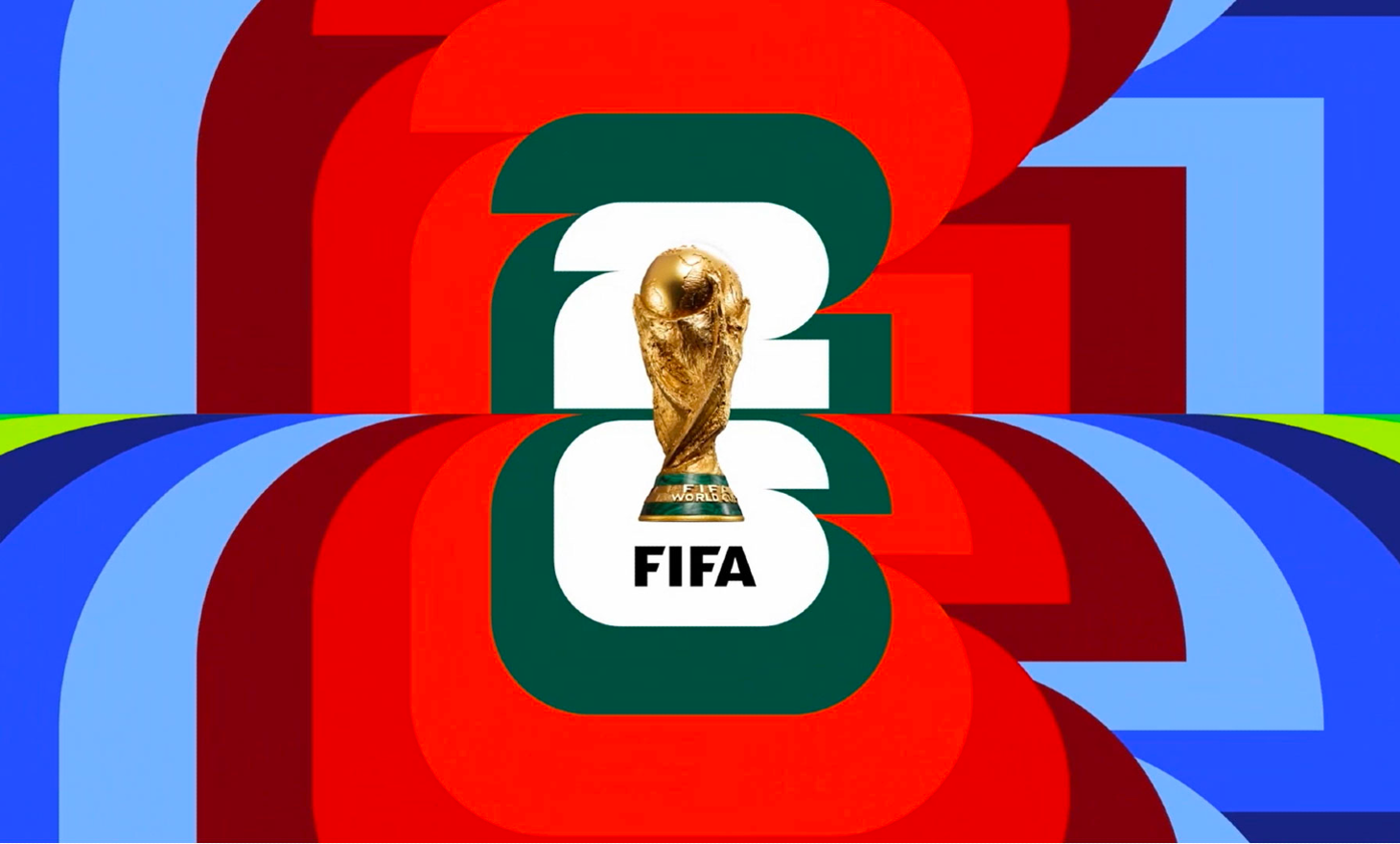The FIFA has decided to embrace a different path for the 2026 World Cup. Not only it will develop a very unique anthem, but each host city will have its own sonic adaptation, and they do not simply blend into a homogeneous soundscape.
As you may know, 3 countries will host for this edition, Canada, USA and Mexico and while all tracks incorporate the official FIFA26 riff and structural elements to maintain brand consistency, most cities have successfully introduced localized sonic elements that reflect their cultural and musical identities.
This balance between global cohesion and regional differentiation is essential for ensuring that each city’s sonic identity remains both recognizable as part of FIFA26 and distinct enough to stand on its own.
Striking the Right Balance: Consistency vs. Differentiation
One of the key strengths of the FIFA26 sonic adaptations is the presence of a unifying brand sound, ensuring that all host cities are audibly connected to the overarching FIFA experience. The consistent use of the FIFA26 melody and structural motifs helps maintain this brand unity, making each track feel like a chapter in a larger musical narrative. This approach aligns with branding best practices, where sonic elements must reinforce the core brand identity while allowing room for localized adaptation.
However, differentiation is equally critical—if every city’s adaptation sounded too similar, it would result in “soundwash,” where individual identities blur together, reducing the effectiveness of each track. Fortunately, many of the host cities avoid this pitfall by incorporating unique cultural and regional sonic cues, making their adaptations feel authentic and locally relevant.
Cities That Excel in Differentiation & Local Identity
Several host cities stand out for their strong differentiation and clear local musical influences.
• Boston embraces its Irish heritage with Celtic-inspired flutes and pipes, making it one of the most distinctive tracks in the lineup. This integration of traditional instruments gives it a strong, unmistakable identity.
• Kansas City takes a bold approach by featuring a vocal performance from Tech N9ne a local rap legend, responsible for the KCMO Anthem. This makes its track one of the most unique and instantly recognizable, directly tying the sound to the city’s deep hip-hop roots.
• Monterrey incorporates a accordeon solo, an unexpected but culturally significant touch that sets it apart from other host cities. The abrupt groove change further enhances its distinctiveness.
• Miami fully embraces its reputation as a hub for electronic dance music and Latin culture, using fast tempos, saw synths, and dance beats to create a vibrant, club-like atmosphere.
• Atlanta leans into its legacy as the birthplace of trap music, incorporating trap drums, marching band snare, and a bold vocal chant that immediately connects to the city’s rich hip-hop culture.
• Mexico City effectively uses Spanish guitar and Latin percussion to craft a track that resonates with its musical heritage, making it one of the stronger examples of local adaptation.
• Guadalajara stands out with a fast tempo, Latin trumpets, and techno elements that create a high-energy feel, diverging more from the official FIFA26 structure than most.
Each of these cities successfully uses regional sounds, instruments, or artists to establish a strong sense of place, ensuring their sonic identity is both relevant and memorable.
Cities That Could Benefit from Stronger Differentiation
While most cities successfully integrate local elements, a few adaptations could have pushed differentiation further to avoid blending in too much with others.
• San Francisco Bay Area features a combination of heavy percussion, brass, and 808s, but the overall production style is quite similar to Houston’s, limiting its distinctiveness. Given the Bay Area’s rich hip-hop and electronic music history, a stronger emphasis on local genres—such as the hyphy movement—could have made it feel more unique.
• Vancouver leans on an extended choir intro and dance beat, but these elements appear in several other tracks, making it less immediately distinguishable. While the inclusion of water sound effects hints at the city’s coastal identity, a more pronounced nod to Vancouver’s alternative music scene or indigenous musical influences could have strengthened its local character.
• Los Angeles incorporates a reggae/trap fusion with bright synths, but it doesn’t strongly reflect the city’s deep West Coast hip-hop legacy or its diverse music culture. While the fusion of styles is interesting, it doesn’t immediately evoke “Los Angeles” in the way that some other cities’ tracks evoke their respective identities.
• Dallas remains relatively close to the official FIFA26 theme, with the inclusion of acoustic and slide guitar providing a mild Texas flair. However, it could have leaned even more into country, blues, or other Texan musical influences to create a more distinct sound.
Conclusion: A Well-Executed Balance with Room for Refinement
Overall, the FIFA26 host cities’ sonic adaptations successfully walk the line between cohesion and individuality. While all tracks maintain FIFA26’s core brand identity through the recognizable theme and structural elements, most cities have infused their tracks with regional character through localized instrumentation, artist features, and cultural nods.
Cities like Boston, Kansas City, Atlanta, Miami, and Monterrey exemplify strong differentiation, using distinctive musical elements that immediately evoke their respective locations. Meanwhile, a handful of cities, such as San Francisco, Vancouver, and Los Angeles, could benefit from more pronounced local sonic markers to further distinguish their adaptations.
Ultimately, the FIFA26 sonic branding initiative demonstrates how music can serve as both a unifying and differentiating tool, ensuring that each host city’s unique cultural essence shines through while still contributing to the overall FIFA26 identity. The cities that have fully embraced their musical heritage and local influences create the most compelling, memorable, and emotionally resonant adaptations, proving that a well-executed sonic identity can enhance both brand impact and cultural authenticity.
We just can’t wait to travel all three countries and hear those tunes across all the stadiums.









